Got questions? Send us an email:
info@hpbs.uz
Green Projects in Uzbekistan
It is always fascinating to observe the development of green technologies in various countries, especially in regions with significant potential. The historical, cultural, and political context invariably adds distinct characteristics to how a nation pursues an ecological and sustainable future. This is true for Uzbekistan, a republic that has been actively promoting green innovations in construction in recent years to improve the environmental situation in the region and foster sustainable development.
Green Facilities in Uzbekistan
Unlike the idea of using renewable energy sources, which is actively supported by the state, the construction of "green" buildings in Uzbekistan is based on private initiatives. Examples of certified buildings are emerging in Uzbekistan and are becoming notable due to their compliance with various international certification methodologies. Today, buildings in Uzbekistan are certified according to international certification systems such as LEED, BREEAM, and EDGE.
Projects Undergoing Green Certification in Uzbekistan

LEED Projects in Uzbekistan
Residential Complex Parkent Plaza, Tashkent
The residential complex Parkent Plaza has received basic LEED certification, becoming the first certified building in the country. It comprises two seven-story buildings equipped with energy-saving windows, noise-cancelling elevators, and an automated management system for all utilities. The project features energy-efficient design solutions, water consumption reduction, site and construction selection, use of sustainable materials, proper waste management, and improvement of indoor environmental quality.
Parkent Plaza embodies the "smart city" concept, where the main principle is to create an environment conducive to living and working. The project includes green landscaping to ensure high health standards and an underground parking facility implementing the "car-free courtyard" idea. The residential complex is located in a smart infrastructure area with a prime location close to the city center and near a metro station.
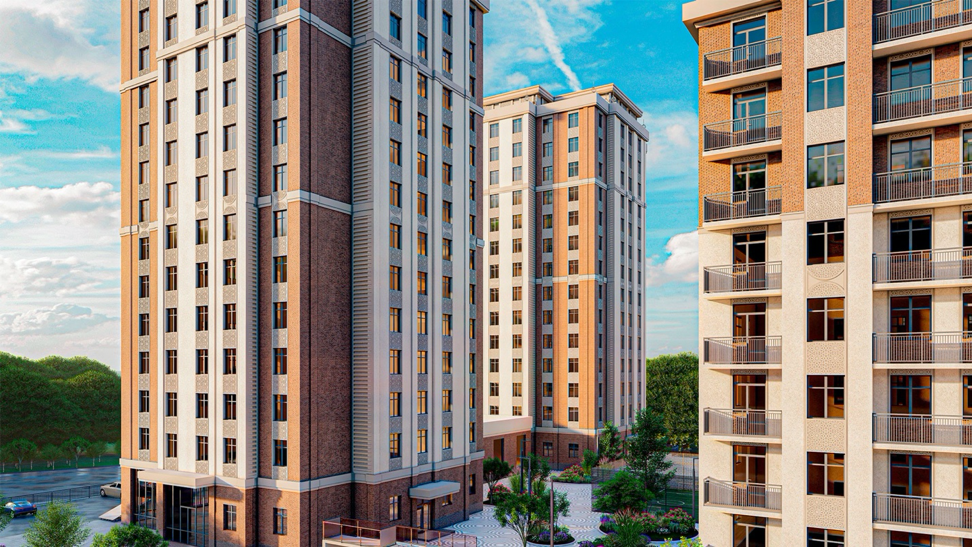
Photo: parkent-plaza.uz
Trilliant Business Park, Tashkent
Trilliant, an A+ class business park located in the heart of Tashkent, is on its way to achieving LEED Gold certification. The complex spans a total area of 125,000 square meters and consists of three main towers: two office buildings and a hotel. All three buildings are set to undergo LEED certification.
The business park project was designed by the Singaporean firm DP Architects, who drew inspiration from the history and culture of Uzbekistan. The three business centers feature highly efficient structures with constant air circulation. The two office buildings, with 14 and 17 floors respectively, house over 300 office spaces. The second 17-story building is the InterContinental, a five-star international hotel with a lounge area, spa, and gym.
During construction, solutions were implemented to reduce the carbon footprint, introduce recycling and waste management systems, and install intelligent ventilation systems. Other technological solutions include the collection and recycling of secondary raw materials into new products, eco-friendly landscape design, electric vehicle charging stations, and the reduction of energy and water consumption during construction. Green building practices have enabled the project to lower operational costs.
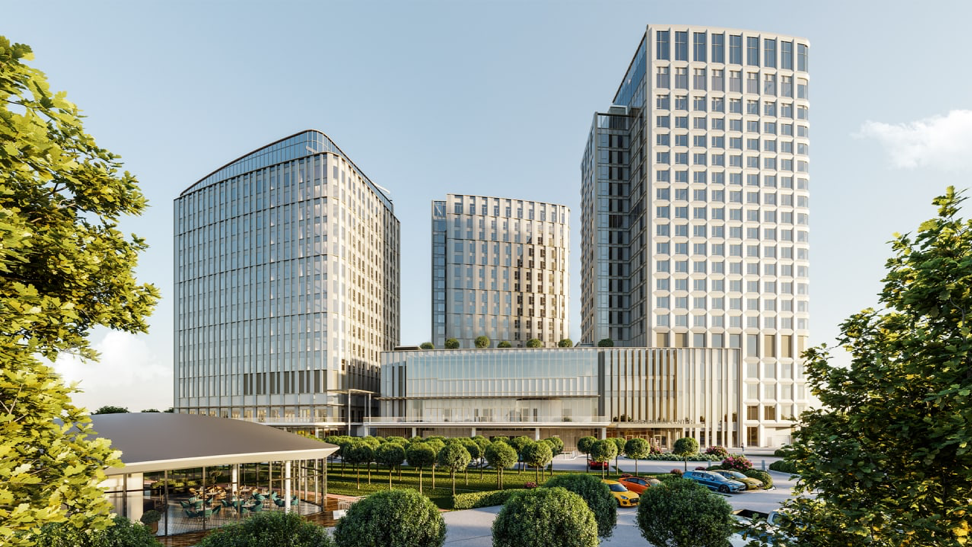
Photo: www.trillianttashkent.uz
Center for Contemporary Art, Tashkent
The Center for Contemporary Art in Tashkent is a LEED project with a targeted Gold rating, worked on by HPBS experts since last year.
The project is an innovative space designed to support the development of contemporary culture in Central Asia. The site is being constructed on the location of a historical building from 1912. Through reconstruction and transformation, the center will become a catalyst for the development of Uzbekistan's art scene. The renovation work on the building began in 2022.
The project is currently in the process of LEED certification. HPBS experts have developed a certification strategy that includes improving energy efficiency, water efficiency, and material sustainability. All sections of the LEED certification system have been thoroughly worked out and are being implemented at all stages of the project under the guidance of an accredited expert.
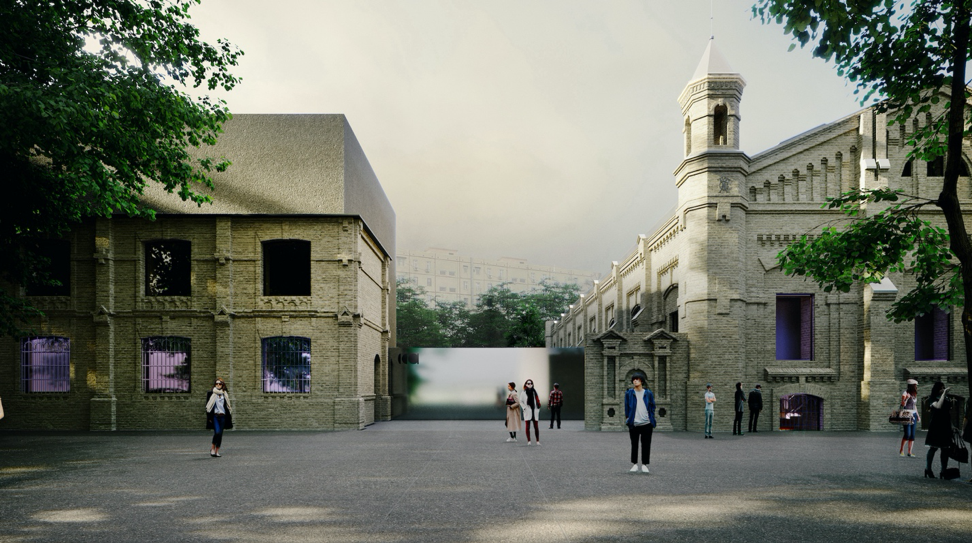
Photo: www.ccat.uz
State Museum of Arts of Uzbekistan, Tashkent
The State Museum of Arts of Uzbekistan is a unique architectural project with a total area of 40,000 square meters, 30,000 square meters of which are presented as open space. The museum is located in the historic part of Tashkent, within the largest national park in Uzbekistan, Alisher Navoi Park.
The designed building is a nine-story museum complex with three underground levels. The structure is formed by three spaces with round, square, and triangular shapes of varying heights.
The project features a vast exhibition hall, spacious cafes and a restaurant, a library, VIP and conference zones, and general multifunctional space.
The museum building's certification is being managed by the HPBS team. The client's goal is to certify the facility under the LEED green building certification program at the Silver level, but our experts have identified the potential for achieving the Gold level. Currently, the certification strategy includes improving energy efficiency, water efficiency, and material sustainability. All sections of the LEED certification system have been thoroughly developed and are being implemented at all stages of the project under the guidance of an accredited expert.
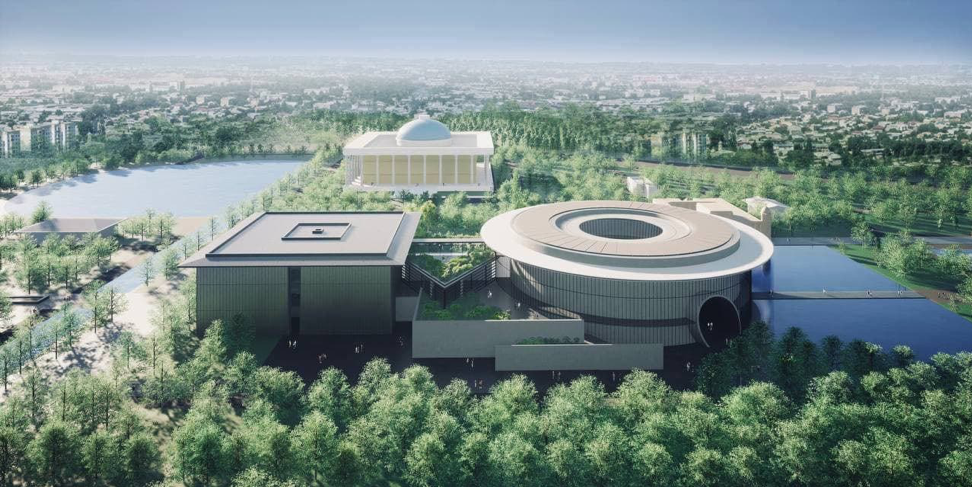
Photo: repost.uz
BREEAM Projects in Uzbekistan
IT Park, Tashkent
IT Park is the first technology park in Uzbekistan. The complex, with a total area of 400,000 square meters, includes six office buildings, a conference hall, a car park, and a bicycle parking area. In 2023, two buildings in the technology cluster were certified under BREEAM with a rating of Very Good.
The project utilized environmentally friendly materials, such as low thermal conductivity double-glazed windows, which ensure effective thermal insulation. The building is equipped with an energy management system and solar panels on the roof, which are used to generate clean energy. Additionally, measures have been implemented in the complex to reduce water consumption for irrigation and to maintain green spaces.
IT Park opened in 2019 and has already launched about 30 startups, dozens of IT projects, and several educational programs. By 2024, the park plans to build an IT Academy, an IT University, office complexes, a hotel, a coworking center, sports facilities, and an underground parking lot. All facilities will meet the international BREEAM environmental standard.

Photo: www.altensis.com
Head Office of SQB "Uzpromstroybank," Tashkent
A 33-story building for the head office of Uzpromstroybank is being constructed within the Tashkent City business center. The bank's strategy includes the implementation of "Green Banking" principles, focusing on environmentally responsible investments and financial products that promote sustainable development and environmental protection. As part of its green banking program, the new Uzpromstroybank building will be certified under the BREEAM standard.
The project incorporates a well-thought-out concept of energy efficiency and the use of eco-friendly materials in construction. The building will feature abundant natural lighting, enhancing the quality of the internal environment. Additionally, energy-saving systems, water-saving measures, and waste management systems will be implemented. The smart location and access to alternative transportation options will also positively impact the overall environmental condition of the area.
The project is being carried out with financial support from a consortium of foreign banks (Citibank, China Eximbank, Raiffeisenbank), led by Credit Suisse. Uzpromstroybank has already signed a loan agreement with these partners.
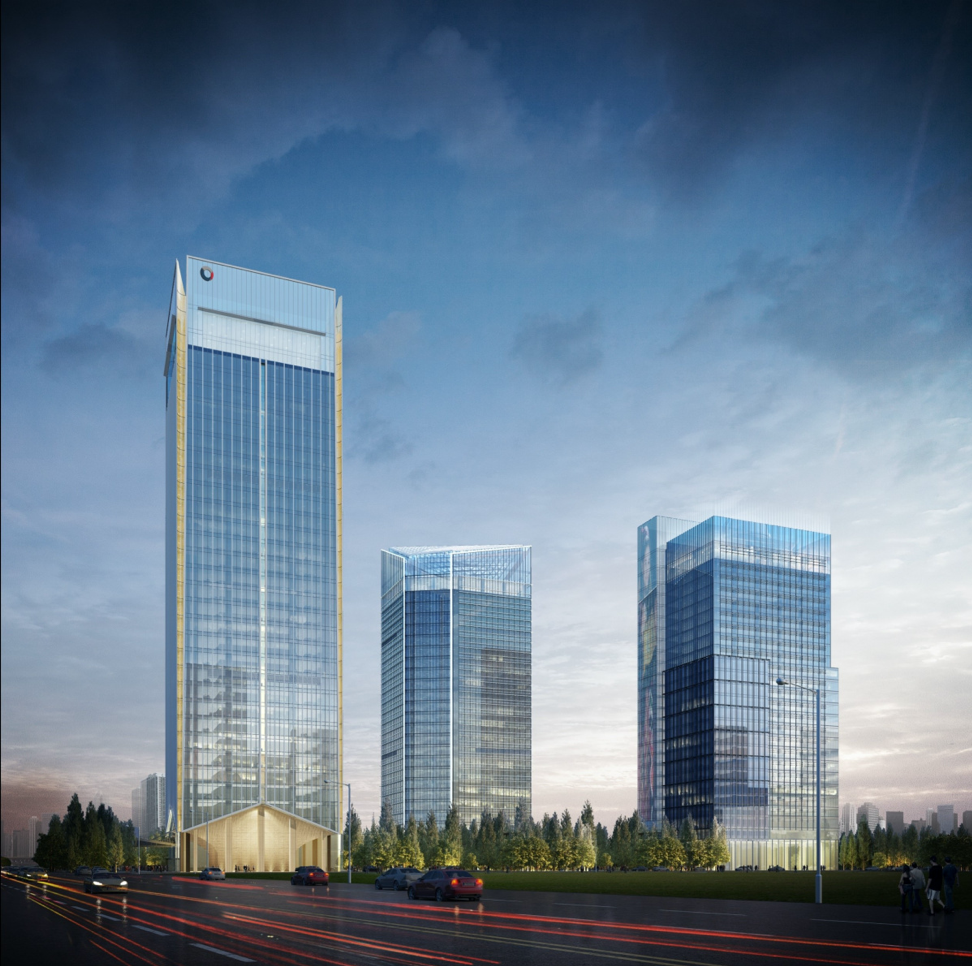
Photo: sqb.uz
EDGE Projects in Uzbekistan
EDGE, a standard developed by the World Bank's International Financial Corporation (IFC), is funded by Switzerland and the United Kingdom to promote and simplify green and sustainable construction in developing countries, including Uzbekistan, with the potential for various benefits from international institutions. The standard serves as an accessible tool for CIS countries to secure green financing from banks.
Residential Quarter NUR, Tashkent
The NUR Residential Complex (Namuna Development) is the first project in the country to be certified under the EDGE system. Experts from HPBS are supporting the certification of buildings and helping to create a comfortable, resource-efficient, and environmentally friendly space for future residents.
The new residential complex consists of 30 buildings, ranging from 9 to 16 stories, with extensive adjacent infrastructure. The total area is 3.55 hectares.
NUR Residential Complex is a pilot project by Namuna Development. The neighborhood concept represents a "city within a city," where residents can find everything they need for a fulfilling lifestyle. Located in the center of Tashkent, the ecological concept of the complex is based on a balance between nature and modern technologies, with half of the courtyard area designated as a green zone.
Led by the CEO of HPBS, Ilya Zavaleev, who holds the status of an EDGE certification auditor, the HPBS team has provided comprehensive support for the EDGE certification project, including:
- Development of a Technical Certification Strategy According to the EDGE Standard (IFC): Ensuring the project meets the required standards and guidelines.
- Support During the Design Stage: This includes engineering and technical consulting on energy efficiency, water conservation, and lifecycle analysis of materials.
- Support During Construction: Providing engineering and technical consulting on the selection of materials, equipment, and construction methods to meet EDGE requirements.

Photo: nur.namunadevelopment.uz
It is worth noting that EDGE is a less complex and demanding certification system compared to LEED or BREEAM. The standard aims to provide accessible tools for planning and certifying buildings, making it ideal for developers who want to implement green technologies in their projects but are not yet ready to undertake more complex certification systems.
The Creating Markets Advisory (CMA), a special group of the IFC, is working to create market conditions to increase investments in developing countries. CMA has launched a new advisory project to promote green building in Uzbekistan. The project is based on the IFC EDGE Green Building Program (Excellence in Design for Greater Efficiencies) and will be implemented in partnership with the Ministry of Construction and other government officials, as well as private sector stakeholders in Uzbekistan. The program will support policy reforms to promote green building, capacity building, and raising awareness about green building and EDGE certification, work with academia to develop professional skills in green building, and support the increase of certified "green" building stock in Uzbekistan.
Green building entered the Uzbek market relatively recently, with the first LEED-certified project being the Parkent Plaza residential complex in 2018. This was facilitated by the Republic's active work on reforms and programs for the "green" transformation of the economy:
- The Strategy for the Transition of the Republic of Uzbekistan to a Green Economy for the period 2019-2030;
- The "Roadmap" for the transition to low-carbon energy for Uzbekistan's electricity sector;
- The Development Strategy for the New Uzbekistan for 2022-2026.
International organizations actively contribute to the development of the "green" agenda in Uzbekistan. Special financing programs for developing countries enable the Republic to implement projects in eco-friendly construction and sustainable development. For example, the European Bank for Reconstruction and Development (EBRD), the Government of Japan, and a consortium of international experts helped the country develop the "Roadmap for the Transition to Low-Carbon Energy." In 2022, the World Bank provided Uzbekistan with a concessional loan of $143 million for the implementation of the "Clean Energy for Buildings in Uzbekistan" project.
The small number of certified buildings in Uzbekistan is a temporary phenomenon. More and more clients are requesting services for building certification support. The demand for green construction is gaining momentum thanks to the new "green" development strategy of the Republic, the support of international institutions, and favorable conditions for implementing eco-friendly projects. Therefore, businesses in Uzbekistan have the potential to implement green building projects not only in Tashkent but also in other regions of the country.